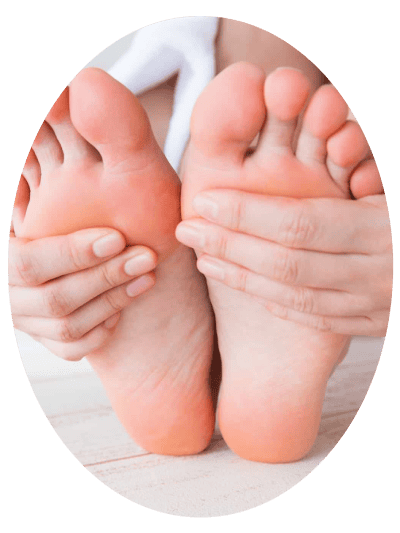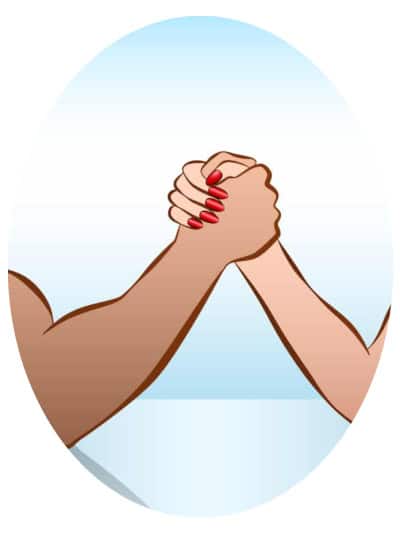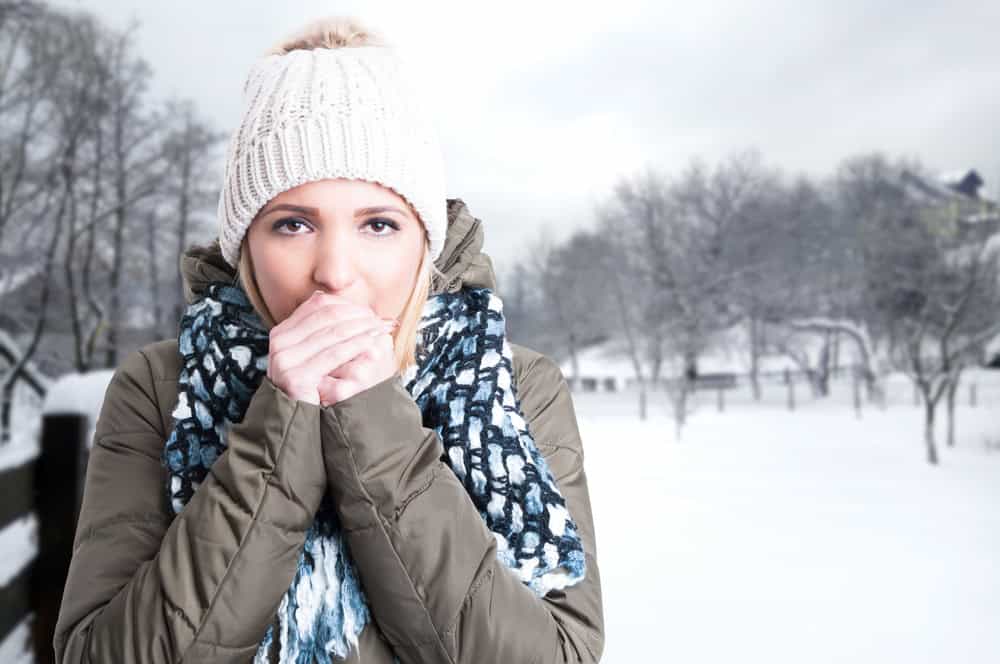Always feeling cold? Here’s why – and what you can do about it
Are you one of those people who’s always cold? While others are still outside without a coat, you are already looking for a scarf. Whether you are working at home, walking or riding your bike – you are the one with cold hands, cold feet and goosebumps at room temperature.
It’s usually nothing to worry about, but there are a surprising number of reasons why some people get cold faster than others. And fortunately: you can often do something about it.
Want to dive deep into all possible causes? Also read the comprehensive article Why am I always cold.

1. Why your hands and feet always get cold first
Nature protects your organs. As soon as it cools, your body draws the blood away from your extremities – hands, feet, nose. This keeps the heat in your torso.
In some people, the nervous system overreacts. It constricts blood vessels even with small changes in temperature or even slight stress. This is why sensitive or easily stressed people can get cold fingers in a warm room: their body thinks it needs to fight cold.
Small movements already help – move your toes or twist your wrists to stimulate circulation.
Want to know more? Read our articles about cold hands and cold feet with practical tips to improve your circulation.
2. Too little muscle mass = too little heat
Muscles are your natural heating elements. The
Thinner skin (for example, in women or as you age) also plays a role. There is then less fat between the outside air and your blood vessels, so you lose heat faster. Even a small breeze or cold floor can cause a shiver.
Exercise helps: every walk, bike ride or quick stretch provides a boost in blood flow as well as heat production.
And if you’re active outdoors? Our heated socks will keep your feet warm, even in sub-zero temperatures.


3. Women are really colder than men
It’s no myth: women are more likely to be cold. Their skin temperature is slightly lower on average, especially in the hands and feet. This is due to hormonal fluctuations and the influence of estrogen, which makes blood vessels narrower.
During menstruation or menopause, blood circulates more slowly in the limbs, so cold hits more quickly. In addition, women often have low but still “normal” iron and B12 levels. This does not cause an official deficiency, but it does cause less oxygen – and thus heat – to be transported.
The result: cold hands, cold feet, and sometimes even a cold nose – even in the house.
Also read: Who has the coldest hands: men or women?
4. Cold from within: nutrition, iron and your internal thermostat
Staying warm starts from the inside out. Those who skip meals or eat too little imperceptibly lower their body temperature: there is less energy to produce heat.
A second factor is your hypothalamus, the “thermostat” in your brain. In some people, it is tuned more sensitively and reacts too early to small drops in temperature. Their body signals “cold!” even before the temperature really drops – which is why some people are always cold, even with a warm hot water bottle on their lap.
Choose warm, nutritious foods with protein, iron and healthy fats. And be careful with caffeine or alcohol: they make you feel warm for a moment, but then actually make you cool down faster.
Read more about nutrition, hormones, and cold in Why am I always cold.


5. Stress: cold that starts in your head
When stressed, your body produces adrenaline. This
A few minutes of deep breathing or relaxation can make all the difference. When you calm down, your blood vessels open again and the heat returns naturally.
Also read the article Is there a connection between being tired and feeling cold?
6. The clothing mistake almost everyone makes
It’s not the thickness of your clothing that counts, but the build-up in layers. If you put on one thick sweater, you are retaining moisture – which actually causes you to cool down faster.
The golden rule:
- Underlayer – breathable and moisture-wicking (thermal clothing)
- Mid layer – insulating (wool or fleece)
- Outer layer – wind and waterproof
This way, moisture can escape, but the warmth stays in. Also check out how heated clothing works and how it regulates your body temperature.
Discover our collection of heated gloves, heated socks, and heated clothing for immediate comfort in the cold.

Being cold quickly is not just a matter of thick socks or a hot water bottle. It tells you something about how your body responds to stress, nutrition, hormones and blood flow.
With a few adjustments, from exercising more to eating better to dressing smartly, you can help your body heat itself better. And if thick socks and tea aren’t enough? Then technology is your best friend – heated clothing is the modern version of a warm blanket.

